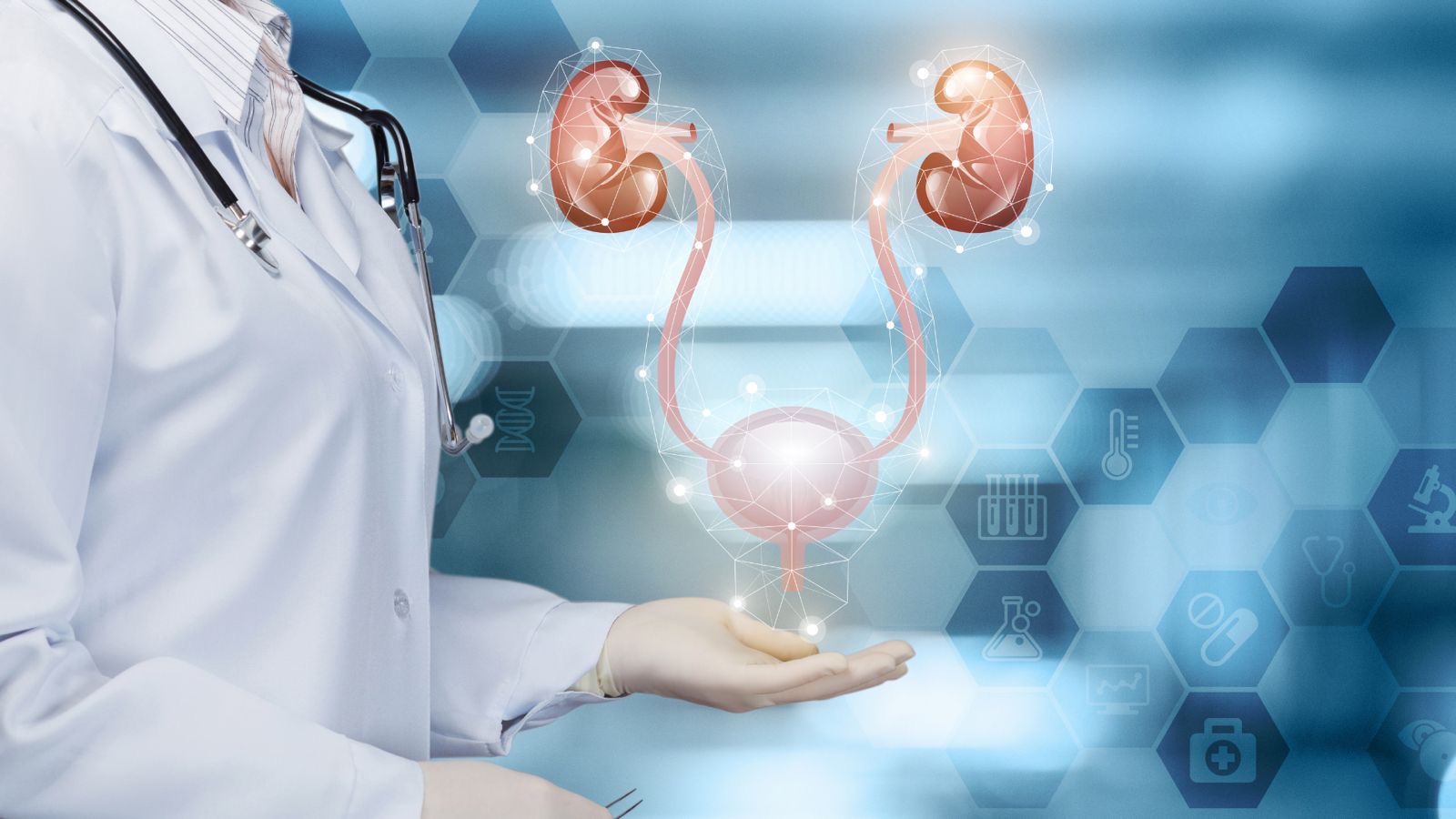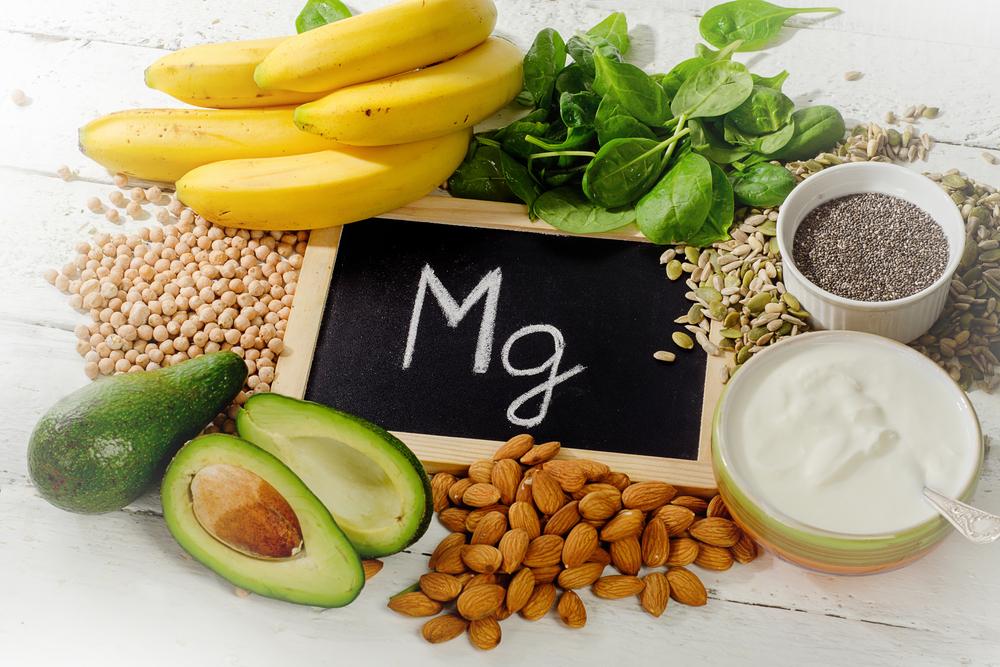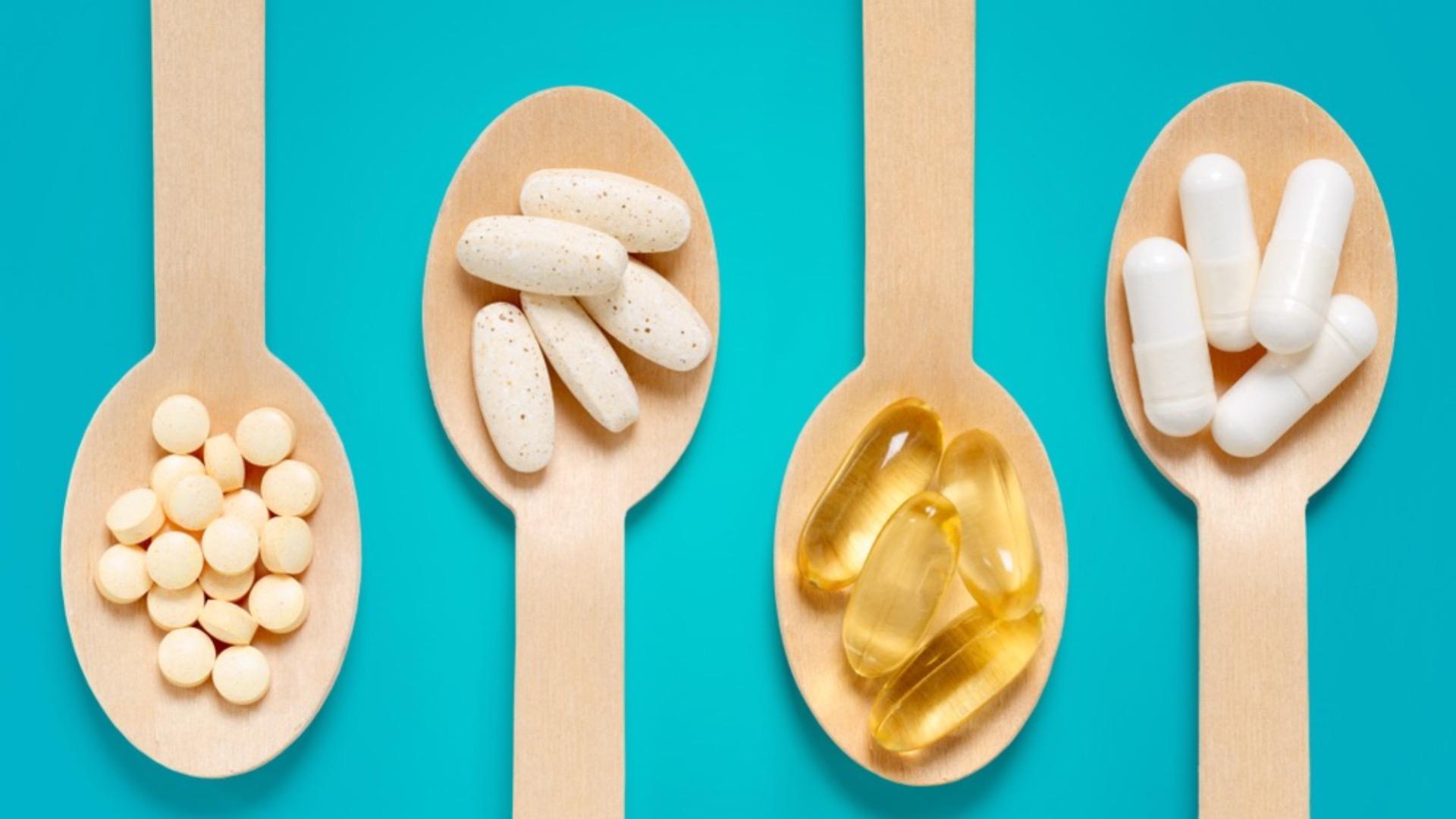Everyday, ours and our pet’s bodies are exposed to toxins. They are produced internally in the body, like lactic acid and consist of waste products from gut microbes, hormones, and neurotransmitters. But the largest threat is possibly those external toxins, like air pollution, chemicals from cleaning products and volatile organic compounds from the plug-in air diffuser in your lounge. Here at My Pet Nutritionists, when considering your pet’s well-being, detoxification is largely looked at as part of the health picture.
It is thought that in the 25 years between 1970 and 1995, the volume of synthetic organic chemicals produced tripled from about 50 million tonnes to approximately 150 million tons, and this number has grown year on year since.
Findings here
These toxins can disrupt essential biological structures in the body.
A toxin is defined as any substance that must be neutralised and eliminated to avoid its promotion of ill-health if left to accumulate.
What surprises most people is that the body produces waste products every second of every day in the form of used hormones, neurotransmitters, or oxidised lipids. For this reason, even if we manage ours and our pet’s environments well, we still need to support our detoxification system, simply to eliminate the exhaust fumes of daily life.
So, what is detoxification?
Detoxification is carried out by a range of mechanisms and this comes in particularly handy if one pathway is overwhelmed, another can pick up the slack.
We can think of it like a waterfall, water will always find a way down. In a healthy system, toxins will be able to find a way out.
Initially, the body will attempt to detoxify at source.
These locations include the intestinal mucosa, the respiratory mucosa, the microbiome,and the skin epidermis. Whilst these also provide a physical barrier to prevent toxin penetration, they also express a range of enzymes which are essential in sweeping toxins away.
Detoxification falls into three phases.
The first two phases are concerned with breaking down the toxin in the body, and phase three is concerned with excreting it. For us to manage ours and our dog’s toxic load, all three phases need to be working optimally.
Phase I
PhaseI is primarily undertaken by a superfamily of enzymes and they are predominantly concentrated in the liver (but are found in the oral and nasal cavity). t also includes enzymes like MAOs or monoamine oxidases to deal with neurotransmitters (those chemical messengers involved in mood and behaviour ) and PON1 or paraoxonase 1 dealing with pesticides and oxidised lipids. The names aren’t important, but the point is that at this stage the body needs to be efficiently producing these enzymes to metabolise the toxins. So, it stands to reason that this stage is particularly nutrient demanding and sufficient levels of key vitamins and minerals like vitamin A, C, E, B1, B2, B3 and iron, along with cysteine, are essential.
This phase also generates high numbers of reactive oxygen species, or ROS leading to oxidative stress (there is also evidence of poor antioxidant capacity in obesity).
These enzymes are also highly polymorphic – which means they are prone to altered gene expression. If you would like to know how gene expression can alter detoxification in the cat, then check out our blog
here.
But, whether the expression starts to cause problems can often depend on the nature and exposure to toxins.
Once toxins have been passed through phase I, they are not finished with. Intermediate metabolites are produced, and they sit in the body. t’s almost like putting your rubbish in the outside bin, but missing collection day. The rubbish remains.
Welcome to phase II
Within phase II there are number of pathways and they are all responsible for detoxifying different compounds.
Methylation
The process of methylation deals with heavy metals, plastics, medications, mould,histamine, hormones, and neurotransmitters.
This process requires nutrients like folate, vitamin B6, zinc and magnesium. Many environmental factors can limit methylation capacity including low dietary intake of co-factors, use of proton pump inhibitor medication, stress, use of anti-depressant medication, gut dysbiosis, high exposure to toxins and a high histamine diet.
This can then become more of an issue in those with genetic SNPs in the genes that code for the enzymes involved.
Poor methylation can also impair bile synthesis, which then impacts on cholesterol maintenance and glucose metabolism.
Sulphation
The process of sulphation deals with heavy metals, heavy smoke, hormones, neurotransmitters, plastics, phenols, and medications including antibiotics. Efficient sulphation requires an adequate supply of sulphur (included in cruciferous vegetables for example), but also iron, molybdenum and vitamin B12. Deficiency in any of these can result in an accumulation of sulphites and then an increased sensitivity to sulphite containing foods or supplements (MSM for example). Since this pathway modulates catecholamine levels, poor function can result in higher circulating levels too.
Glutathione conjugation
This deals with heavy metals, plastics, mycotoxins, mould, heavy smoke, pesticides, and medications like steroids. Glutathione is a master antioxidant so is also important in neutralising the reactive oxygen species produced in phase I. Steady supply of the enzymes in this pathway relies on vitamin B2. But what is also of interest is that the more the glutathione pathway becomes overloaded with long-term paracetamol use, the more depleted glutathione stores become, which places increased pressures on other Phase II pathways and Phase I processes. Low selenium also contributes to poorer enzyme function here.
Glucuronidation
Glucuronidation is involved in managing heavy metals, sex hormones, neurotransmitters, plastics, mould, alcohol, smoke, medications including paracetamol,non-steroidal anti-inflammatories, warfarin and immunosuppressants. Important nutrients in this process include vitamin B3, B6 and iron.
The glucuronidation pathway is particularly affected by digestive health. Anything that promotes gut dysbiosis, like antibiotics, high sugar intake or the use of certain medications which later digestive function can result in toxins being recirculated throughout the body. This then results in increased oxidative stress, which has its own ramifications throughout the body.
Acetylation
Acetylation supports the detoxification of smoke, halides, tyramine, caffeine, neurotransmitters, histamine, and medications including antibiotics. Slow acetylation can lead to increased histamine levels. If you would like to know more about histamine, then checkout our blog
here.
Amino Acid Conjugation
This pathway acts upon carboxylic acids produced from benzoic acid in the diet and from the gut microbiome during dysbiosis. This pathway requires an ample supply of amino acids, provided by a diet containing protein and for the amino acids to be presented in a usable form; the digestive system needs to be working as it should. This pathway is usually inhibited by low protein diets and factors that inhibit gastric acid secretion (stress, medication for example).
Phase III
At this point, we move into phase III, where we need to ensure the excretory part of the process is working as it should. This includes the function of the gut, skin, liver and kidneys.
For optimal excretion of toxins through the digestive system, gut health is vitally important. Maintaining the mucosal barrier is key for gut health along with supporting motility. Here functional ingredients can help lubricate the digestive tract, promote regular motility, aid elimination, and support the microbiome. Adequate hydration is also important along with avoiding stress where possible.
Whilst stress can aid cognitive performance when short lived, chronic stress has wide ranging effects on the body, including depletion of resources. Through producing hormones essential in the stress response, certain compounds are needed. Other enzymes and compounds are then required to break them down again.
So, not only can stress deplete nutrients needed to aid detoxification of other toxins, but it also places a burden on the system to detoxify the actual response.
Top tips to support detoxification:
1) Support detox at source – ensure skin and gut health.
The skin provides an effective physical barrier to prevent toxins entering the body, so its structure and microbiome is key. Provide a fresh diet that includes bioavailable protein and fat and reduce exposure to grooming products that skew the microbiome on the skin. For more tips on skin health, check out our blog
here.
Support gut health by providing everything your dog needs, and nothing that he doesn’t. Avoid using long term medications unnecessarily – antihistamines lower stomach acid, impeding digestion. Consider the use of long-term paracetamol or NSAID’s on your dog’s gut health – there may be a need for them, but there may also be alternatives! Check out our blog on gut health
here.
2) Offer a nutrient dense diet!
Each phase of detoxification requires certain nutrients, and the processes are quite demanding. Ensure you are eating whole foods full of:
Vitamins A, C, E,
B Vitamins: B1, B2, B3, B6 and B9 (folate)
Minerals: Iron, Zinc and Magnesium.
The first phase also produces high numbers of free radicals so include antioxidant foods in the diet too!
Perfect additions include:
- Berries
- Nuts and Seeds
- Green Leafy Vegetables
- Oily Fish
- Eggs
- Liver
- Red Meats
- Peppers
- Strawberries
- Broccoli
3) Reduce the toxic burden!
The best way to support the detoxification system is to not overload it in the first place, so avoiding toxins wherever possible. This isn’t easy, as we are exposed all the time, but making mindful choices on products used on us, our pets and in and around the home is a good place to start. Whatever the body is exposed to, it must do something with it. This includes flea, tick and wormer treatments too! Check out our blog on toxic homes
here.
Purchase a water filter (we recommend Berkey), use HEPA vacuums and do so regularly, consider air purifiers if needed and use non-toxic cleaning products.
Consider all the products you apply to yours and your dog’s skin; does the body have to work overtime to detoxify the long list of ingredients?
As you can see, detoxification is a necessary process that protects ours and our pet’s health. But like everything, it needs to work well to be efficient. There are also a range of factors that can cause trouble in the process – leaving us and our pets with high levels of harmful compounds leading to a range of chronic health issues.
If you would like to support your pet’s health, including their detoxification pathways, then please check out our services
here.
Thanks for reading!
MPN Team x




















